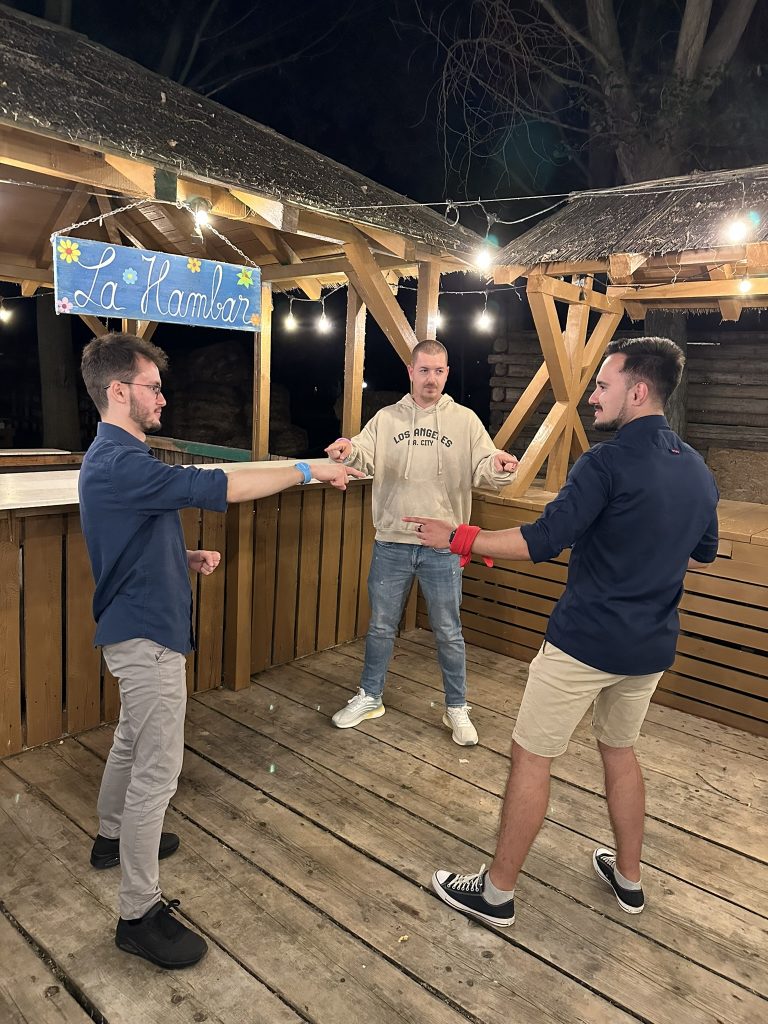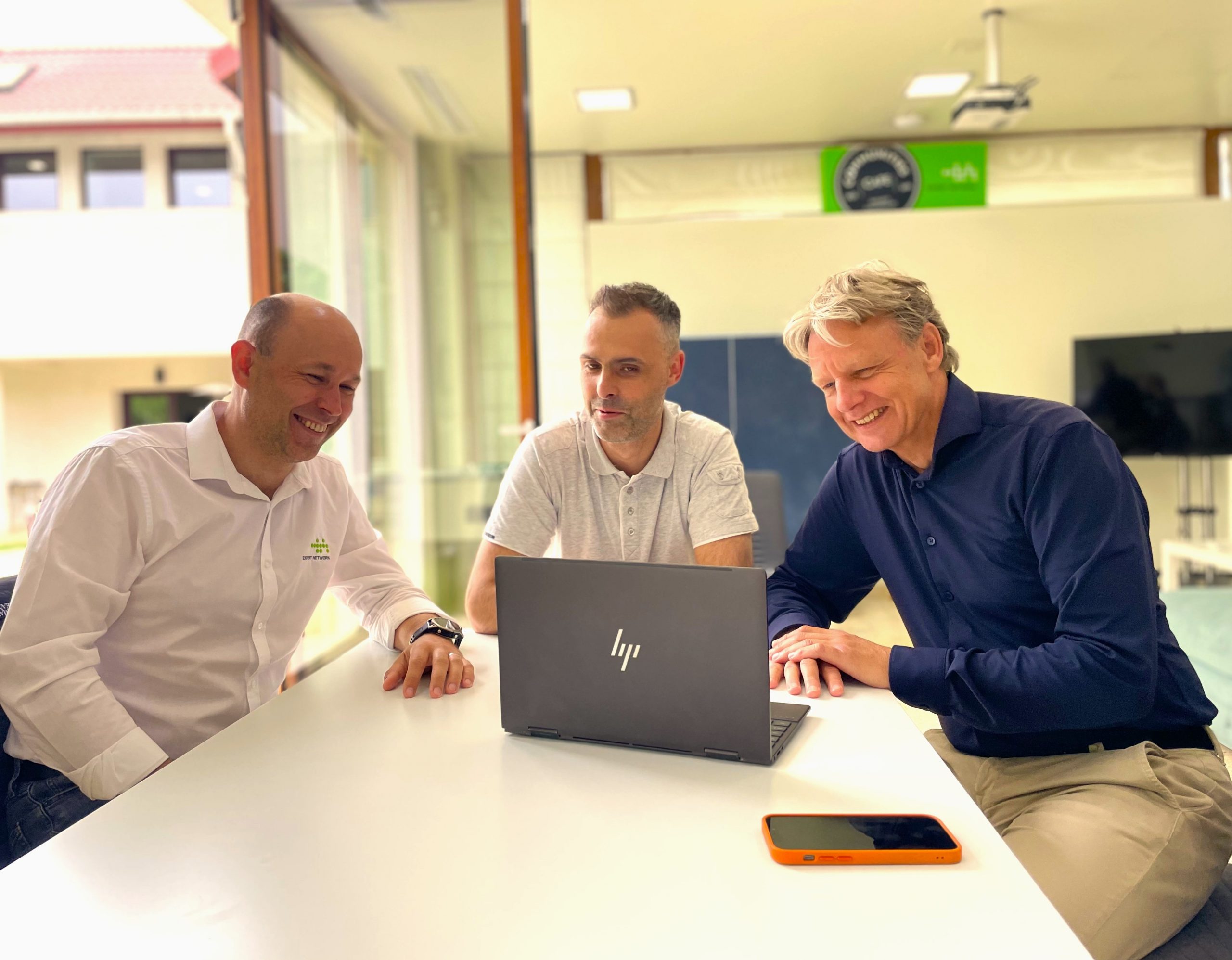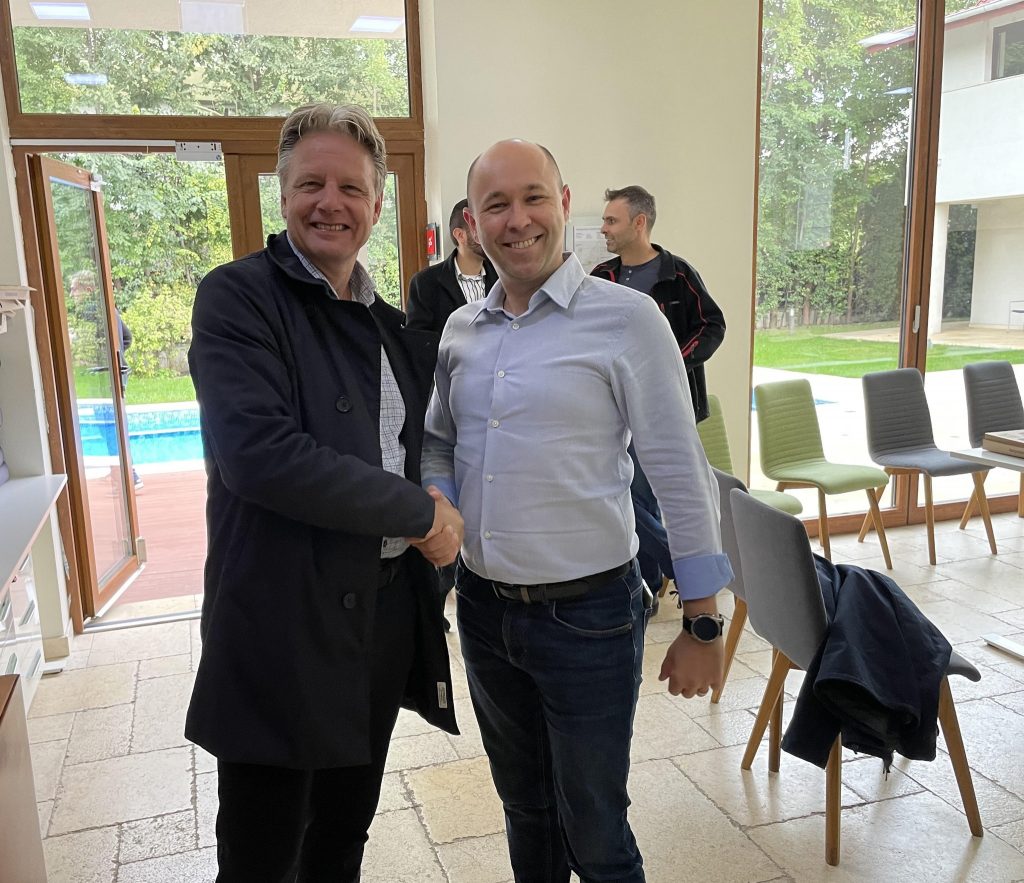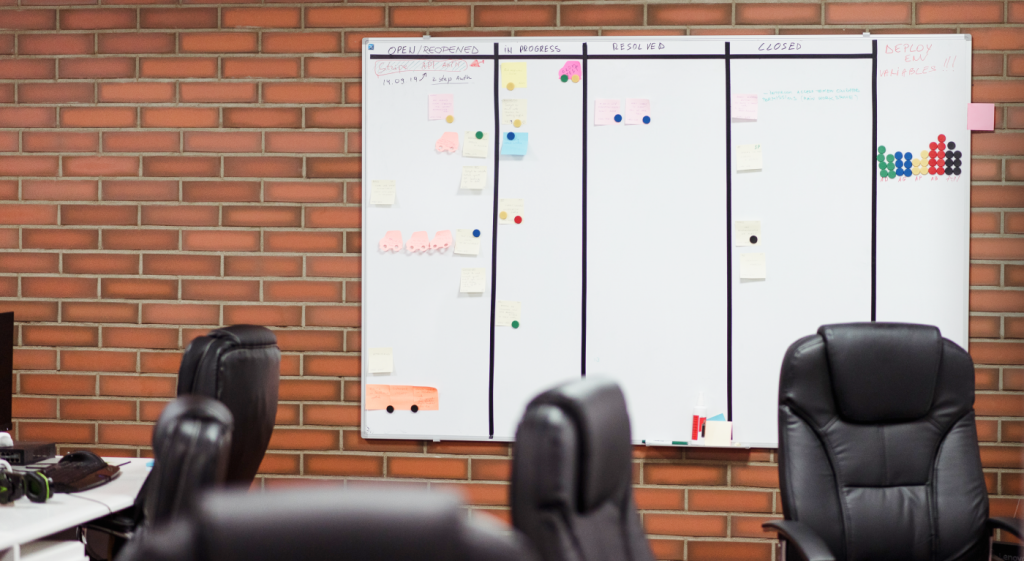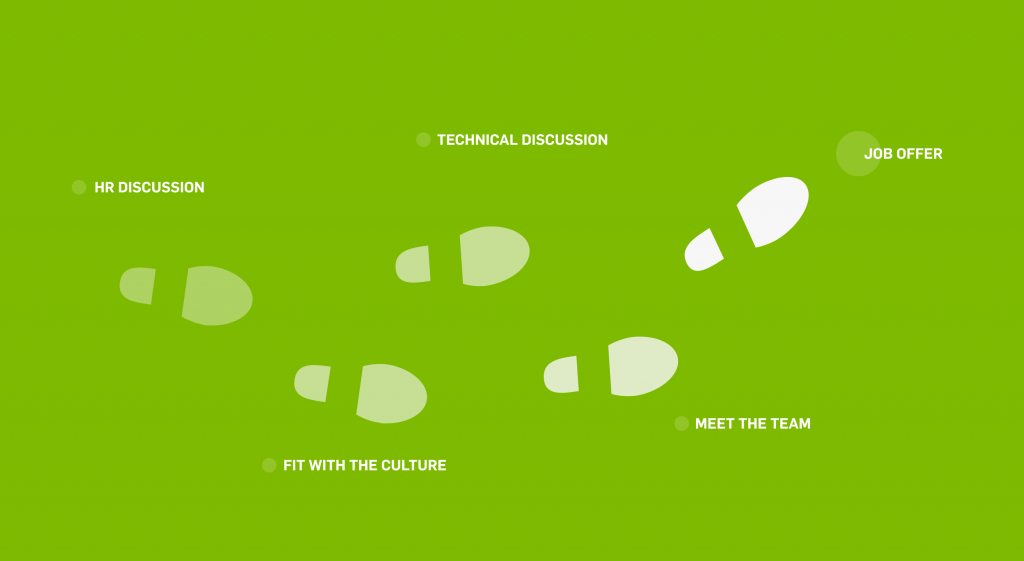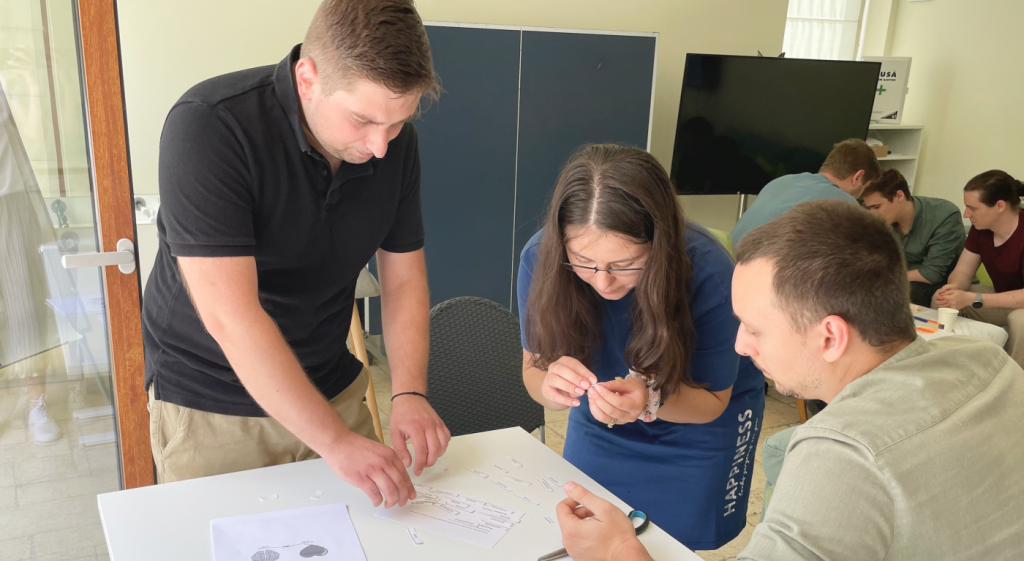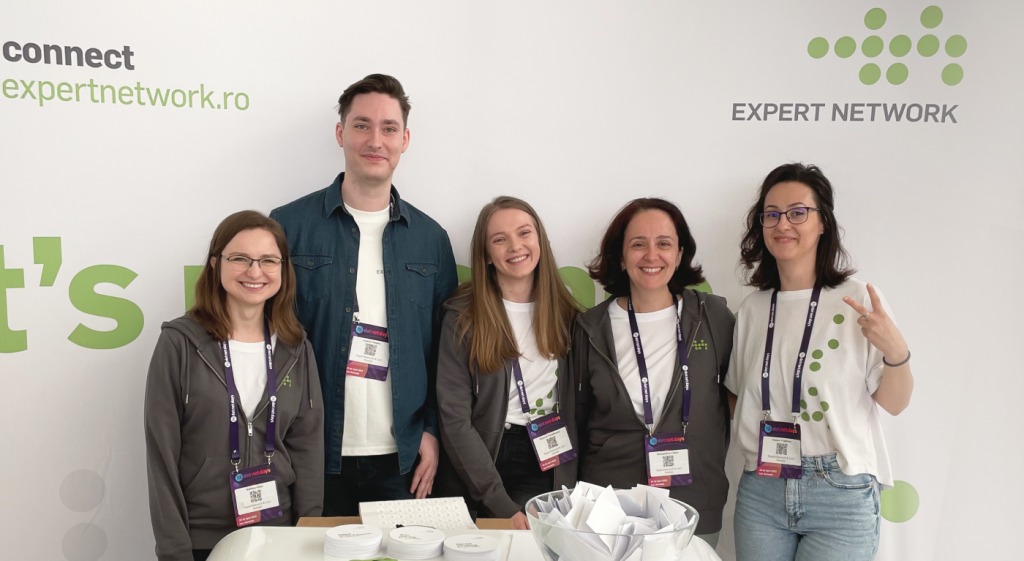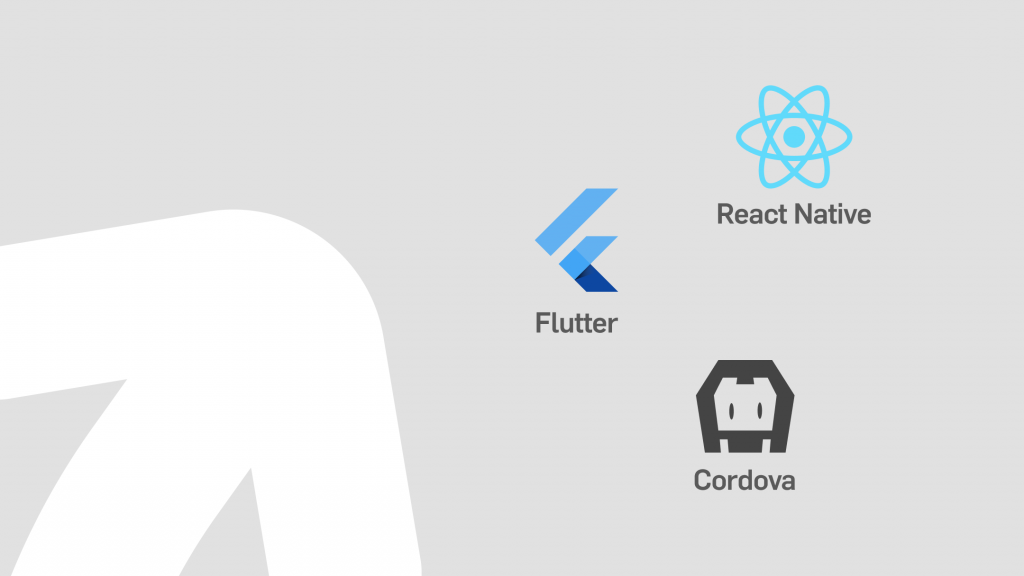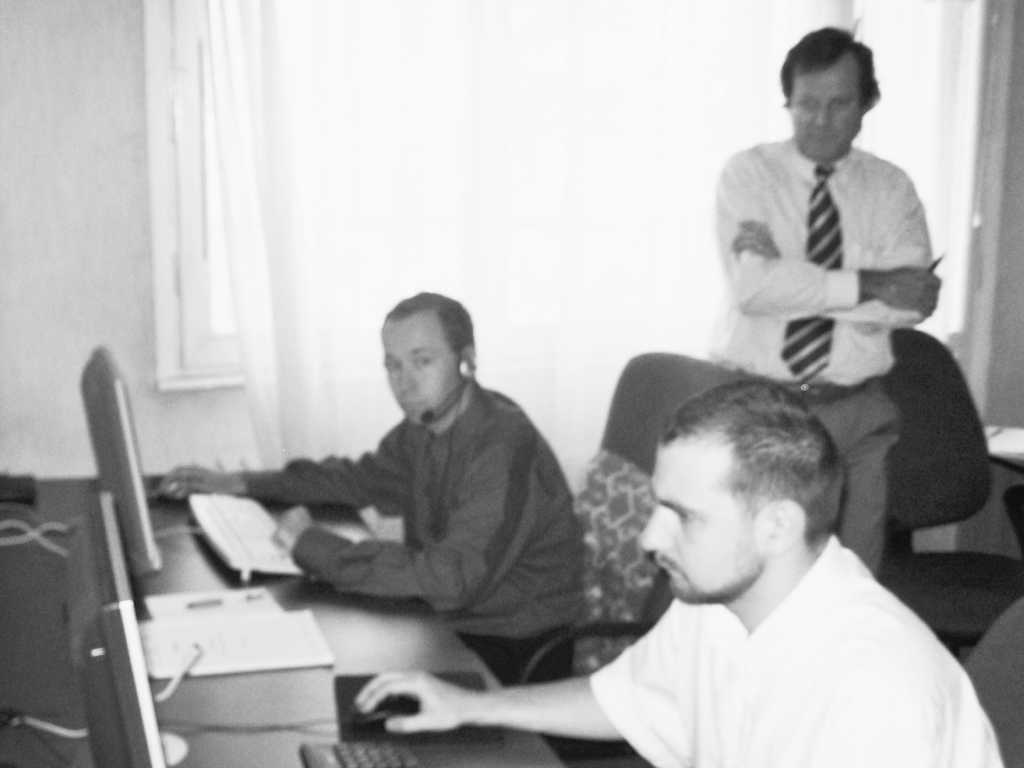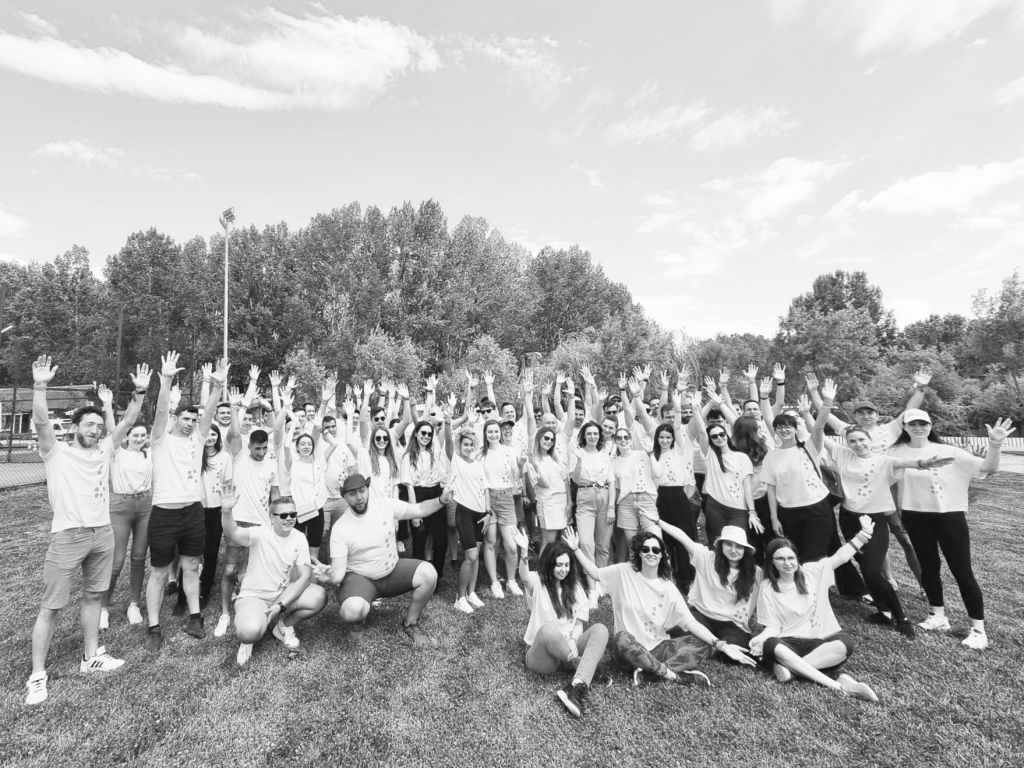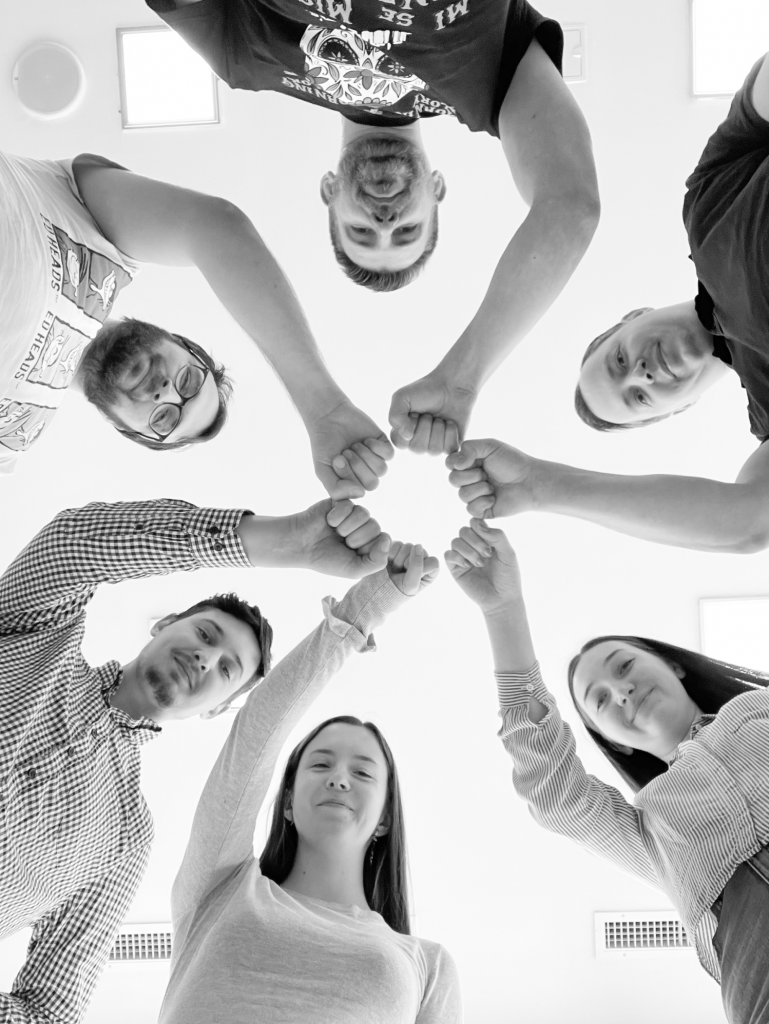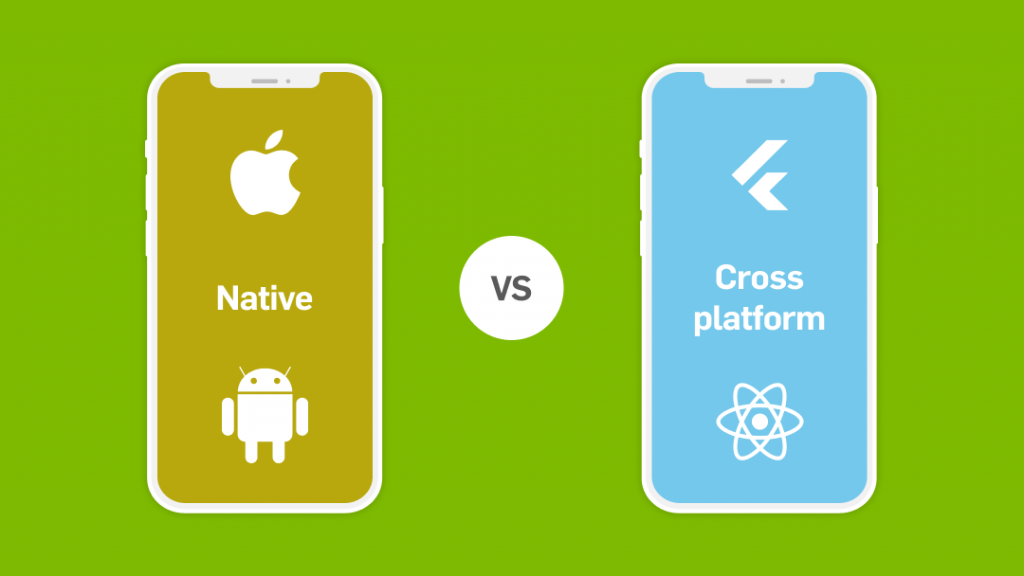21 Years of People-Driven Stability: From a Small Room to a Trusted Tech Partner in Europe
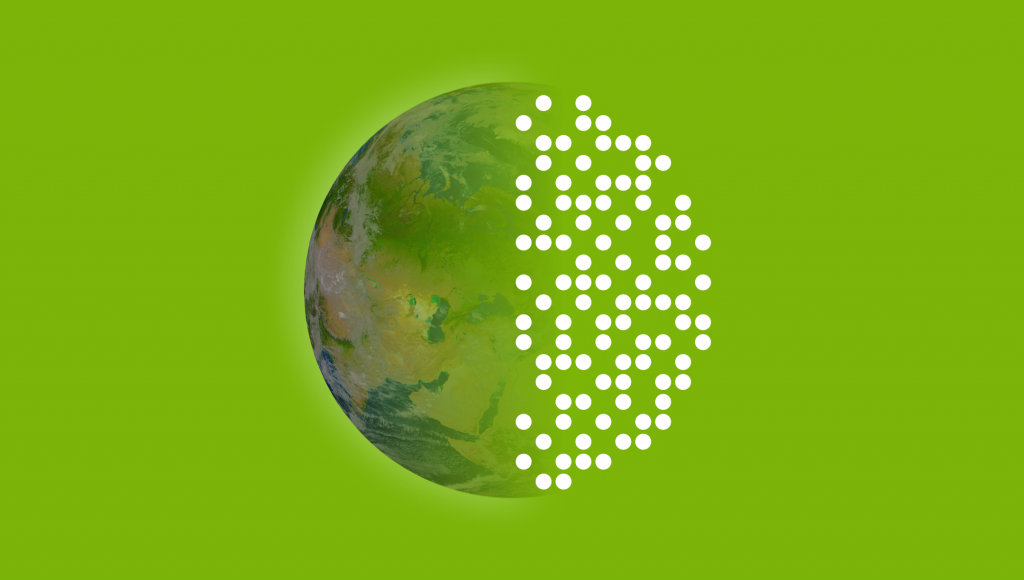
Twenty-one years ago, three friends shared a bold idea in a small apartment in Iași — to build software that makes businesses smarter and people’s work easier. That’s how Expert Network began: with passion, trust, and a deep belief that great teams can make technology truly valuable.
Fast forward to 2025: we’ve grown into a mature technology partner delivering over 140 successful projects across Europe, with long-term collaborations that stand the test of time. From start-up agility to structured excellence, our story has always been about people building stability through good stewardship and a genuine commitment to solving our clients’ needs.
Evolving Together with Our Partners
We’ve partnered with clients for more than two decades because we’ve grown with them — technically, strategically, and culturally.
- Autodialog, a collaboration that started in 2010, evolved into a trusted name in the automotive industry. With our support, they’ve expanded their client base and revenue while improving security and scalability.
- Contact Center 4All, started in 2020, is our most complex project to date — migrating from on-premise to Cloud, integrating AI, and ensuring zero downtime across three data centers in Europe, the US, and Australia. Together, we achieved stability, faster delivery, and up to 70% reduction in support efforts.
Each partnership tells the same story: long-term reliability powered by people who care.
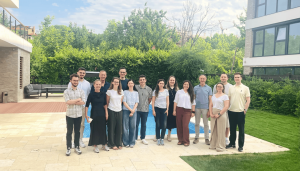
People Who Build Long-Term Partnerships
What makes a collaboration last for over a decade?

“It’s a mix of well-trained people, continuity, and trust. We’ve always taken things seriously and given our best — that’s how trust grows.”
Radu, DevOps Manager in Expert Network for 17 years
At Expert Network, many colleagues have been part of the story for 10, 15, even 20 years. This continuity means more than loyalty — it’s how we ensure knowledge depth, product stability, and customer intimacy. When the same team stays on a project for years, they don’t just know the code — they understand the business.
This long-term mindset also defines the way we work with our clients. Our Team-as-a-Service model allows teams to grow alongside each project — creating consistency, stability, and a shared sense of ownership. And it’s proof that having projects that last a minimum of two years defines not just our delivery model, but our belief in long-term partnerships. This is real business value — the kind that endures.
From Agile Chaos to Structured Excellence
In the early days, we were dynamic, fast, and unstructured — deploying code daily and solving client issues on the spot. As projects grew in complexity, so did we. Today, we work with predictable Agile processes, integrated QA, design, and DevOps, and structured delivery models that balance speed, best practices, and quality.
We’ve evolved from “quick fixes” to “co-creating value.” Our teams now educate clients, align on business goals, and drive innovation in areas like Cloud, AI, and DevOps.

Powered by Passion and Reliability
Our success didn’t happen overnight — it was built day by day by experts who love what they do. As our Culture Book says, “Teamwork divides the task and multiplies the success.” Every milestone, certification, or client win is rooted in collaboration, integrity, and a genuine passion for technology.
With 8 + years of Microsoft Gold certifications and a growing European footprint through our Wildstream partnership, Expert Network continues to prove that stability and innovation can coexist — when people are at the heart of it all.
Looking Ahead
As we celebrate 21 years of people-driven stability, we’re not just marking time — we’re honoring the people and partnerships that shaped who we are today.
To our clients, thank you for the trust.
To our colleagues, thank you for the passion.
To the future, we’re ready — with steady hands, curious minds, and a shared drive to build technology that lasts.
Share this article on
Be part of our team
Want to see more about how it is to work with us? Visit our careers page
